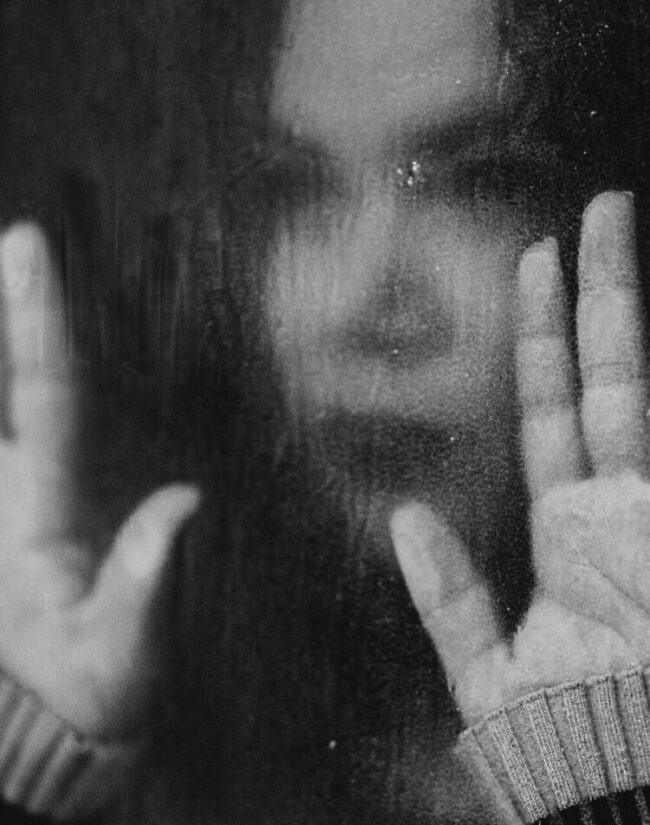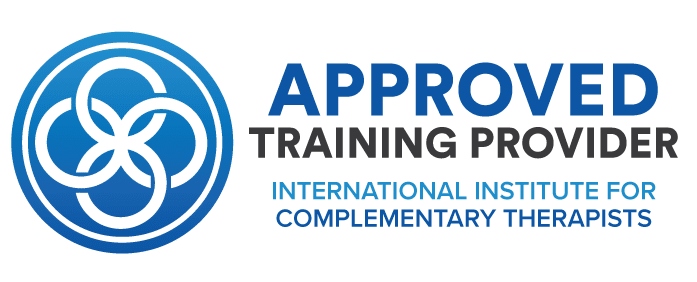Depression
Depression
Depression, sadness is a normal part of being human. We all have miserable days. We all go through grief and difficult times.
It’s when that sadness and loss of interest has an ongoing impact on our daily activities of work, relationships, school etc. that it becomes a problem that needs to be addressed. It is at this point that we may have depression.
Do you suffer with depression? Are you not sure?
A list of some of the symptoms of depression may be helpful:
- Do the things that you used to do easily and with enjoyment just feel too hard, too exhausting – you just don’t want to do them any more?
- Are you avoiding connecting with others – friends and family?
- Are you trying to just hide from the world as much as possible?
- Do you find it really hard to concentrate and stay on task?
- Do you have a low tolerance threshold – you get frustrated and irritated very easily?
- Do you feel miserable? Empty?
- Are your daily tasks now feeling overwhelming?
- Do you feel tired… nearly All the time?
- Do you feel like a failure? That you’re pretty useless? That life’s not really worth living?

Depression sucks.
Depression is on a sliding scale - it can be from moderate, right up to extreme, even catatonic.
It can be moderate right up to extreme, even catatonic. It can range from a bit of discomfort having to socially interact right up to being unable to go out our door, unable to leave our house. Our world can become smaller and smaller.
It can range from a bit of discomfort having to socially interact, right up to being unable to go out our door, unable to leave our house.
Our world can become smaller and smaller.
It sucks our energy… our health. It seems to suck our life force away. It certainly sucks the enjoyment out of our life.
We can become more and more shut down.More and more without hope…

Why do we get stuck in depression?
There are a number of reasons why. There are physical issues which can cause depression, such as underactive thyroid, brain injury or illness.
One of the other major causes of depression are unresolved distressing events. How do these past events cause depression?
Well, most people have heard of the Fight Flight Freeze response. This response is activated when we are under threat. When we experience a distressing event our body produces adrenaline, cortisol and other stress chemicals and we go into the Fight Flight Freeze state.
When the event is over, our system is supposed to get rid of the adrenaline and return itself to a calm state so that we can carry on, knowing that the event is over and we are now safe.
In a dysregulated system, however, we don’t return to that calm state. The Fight Flight Freeze response can stay activated, even long after the event or events are over.
What happens in depression is that we become stuck in the locked down, survival, ‘Freeze’ state of Fight Flight Freeze.
Our heart rate and respiration slow down. Our energy levels plummet. It feels like everything in our body is winding down. It’s so hard to get going. It’s hard to keep going. We’re miserable, on so many levels and in so many areas of our life. We’re deeply exhausted. We become depressed…
So how do we resolve our depression?
So how do we resolve our depression?
When there is no physical cause for our depression, we need to deal with the cause, and that’s unresolved past distressing events.
Our whole being is responding as if those past distressing events are still happening.
If we can simply assist the body to store those events in our long-term memory and close the door, and experience the relief of, ‘It’s over… and I’m safe now,’ then the shut down Freeze response is turned off. The emotional charge is taken from the past. Our whole system returns to calm.
Our physiology returns to normal – we have energy again.Our life returns…
Frequestly Asked Questions
Trauma is not stored in the conscious mind. Trauma is stored in the subconscious mind. TRTP™ works where the trauma is stored and addresses it there – in the subconscious mind.
TRTP™ also arrests client self-sabotage before it begins. It does this in the first session, by changing the unhelpful negative unconscious core beliefs to the positive. For example, if the unconscious has the belief , ‘It’s not safe to get well’ – self-sabotage will be the result. The unconscious will keep the client safe, according to its own beliefs. If this unconscious core belief is changed to ‘It’s safe to get well’ – then obviously, a positive outcome will be achieved more quickly, without the unconscious attempting to keep the client ‘safe’ in unwellness.
The biggest difference between
We are currently doing case studies on the outcomes of TRTP™ with extreme complex PTSD, PTSD, anxiety disorders, depression, fears and phobias and other trauma-related issues.
and other modalities is the extraordinary, positive client outcomes.As Norman Doidge, of brain plasticity renown, says, ‘When you’re on the cutting-edge, you don’t have time to sit in research projects for years. You just get on with it, otherwise, you are no longer on the cutting edge. ‘AND we at TRTP™ have our first research projects underway.
We have been teaching TRTP™ for a short time. We are embarking on our first pilot study. This study is being designed / overseen by members of our graduate community.
We are currently doing case studies on the outcomes of TRTP™ with extreme complex PTSD, PTSD, anxiety disorders, depression, fears and phobias and other trauma-related issues.










